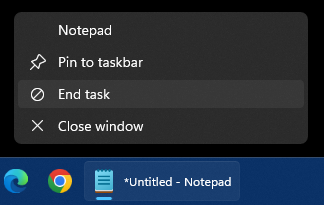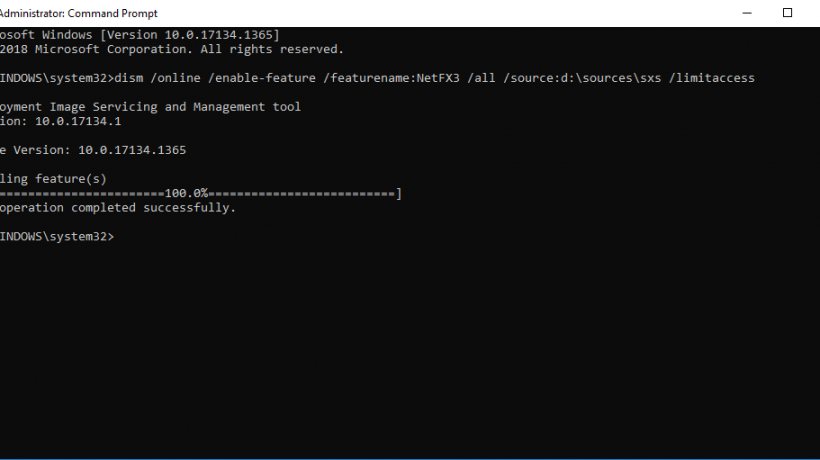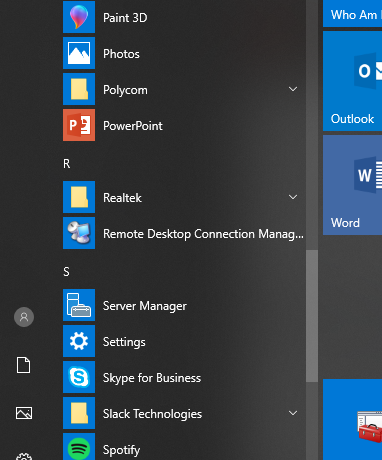Even though I run a site dedicated to Microsoft, and use their products, I still use Linux from time to time for certain things (testing, penetration testing, etc.), and one feature I really like in Linux, but is missing in Windows is a Desktop Media like use. What it does is when you insert a USB drive, or a CD into the drive, it pops up a desktop icon shortcut to that drive. When you remove the drive, the icon disappears. It’s extremely convenient and makes life easier. Of course, for those that already have 344 icons on the desktop, it might not be a time saver, but for use organized people, it makes a lot of sense. Check it out and download the free software here.
Desktop Media is small application for Windows (any flavor) that automatically adds drive icons to your desktop. It will detect USB drives, fixed drives (ie. your hard drives), CD/DVD drives, network drives, and even RAM disk drives. For removable media (such as USB drives and CD/DVD drives), it will only add the drive to your desktop if it is present. So if you have a CD/DVD drive, but no disc is present, you won’t see the icon on your desktop.
(more…)



